Comets have fascinated people for centuries, appearing suddenly in the night sky, glowing with mysterious light. These icy wanderers from the outer reaches of our solar system have sparked myths, legends, and endless curiosity. I’ve always been fascinated by their unpredictable orbits and stunning tails that trail off into space. But there’s more to comets than their beauty – they hold clues to the origins of our solar system, and perhaps even life on Earth. If you’ve ever wondered what makes these cosmic snowballs so special, I’ve gathered 15 facts that will help you understand them a little better.
1. Comets Are Made of Ice, Dust, and Gas
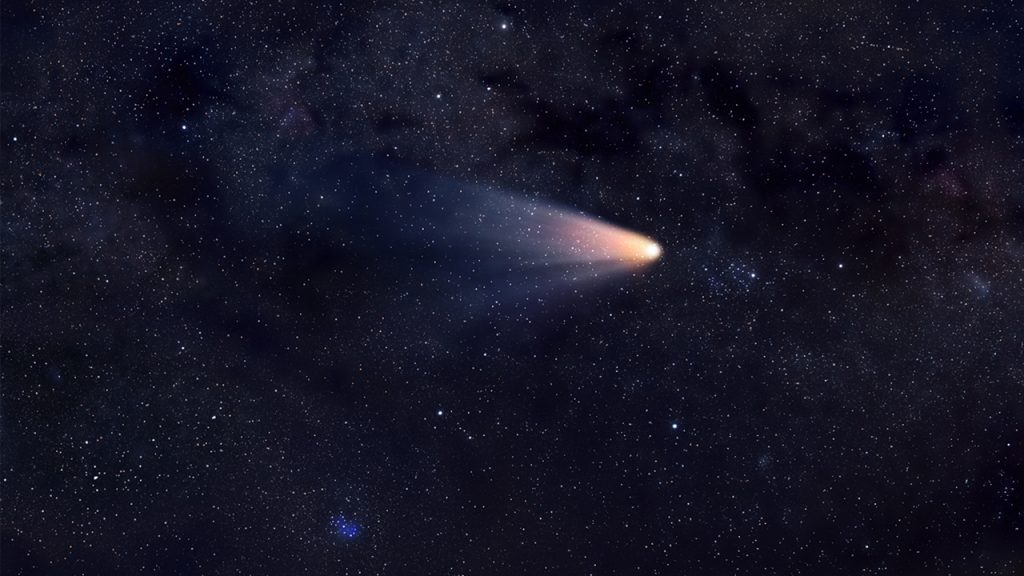
Comets are often called “dirty snowballs” because they’re made up of frozen water, carbon dioxide, ammonia, methane, and dust. These materials were left over from the formation of the solar system, making comets some of the oldest objects in space. When a comet gets close to the sun, the heat causes the ice to vaporize, creating the bright tail we see.
2. They Originate from Two Main Regions
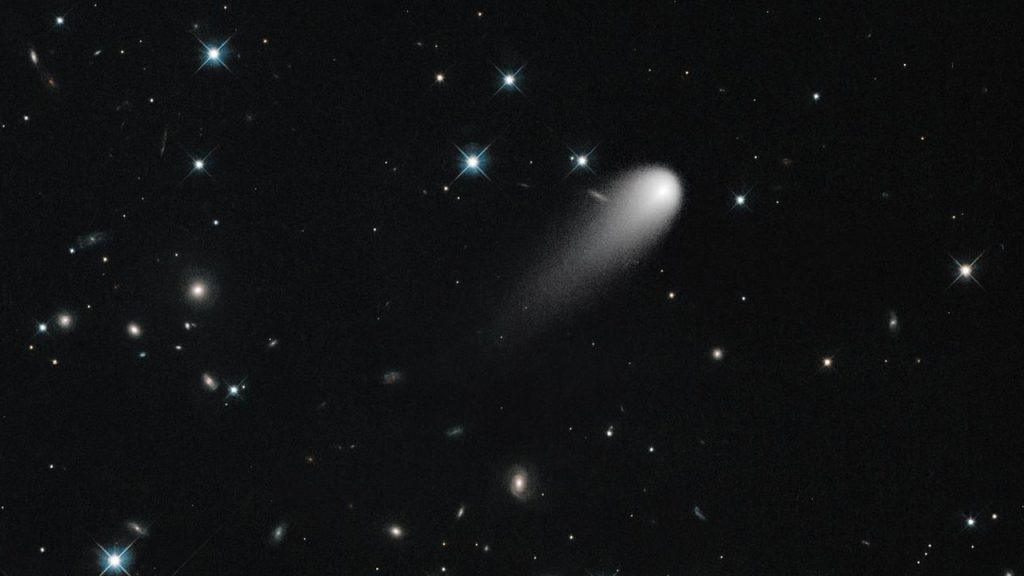
Most comets come from two regions of space: the Kuiper Belt and the Oort Cloud. The Kuiper Belt is a disk-shaped region beyond Neptune, while the Oort Cloud is a distant, spherical shell surrounding our solar system. The comets from the Oort Cloud take thousands, even millions, of years to complete an orbit around the sun.
3. Comet Tails Always Point Away from the Sun

No matter what direction the comet is travelling, its tail always points away from the sun. This happens because the solar wind, a stream of charged particles from the sun, pushes the dust and gas of the comet away from the sun, creating the iconic glowing tail.
4. Halley’s Comet Is the Most Famous
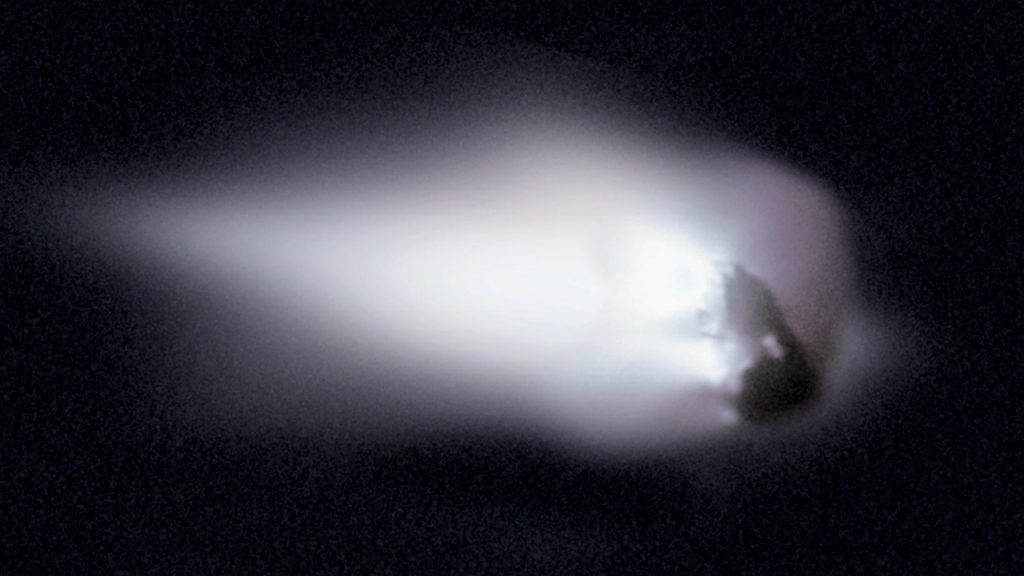
Halley’s Comet is probably the most well-known comet, and it’s visible from Earth every 75 to 76 years. Named after English astronomer Edmond Halley, who first predicted its return in 1705, the comet last passed by Earth in 1986 and is expected to return in 2061.
5. Some Comets Are Destroyed by the Sun
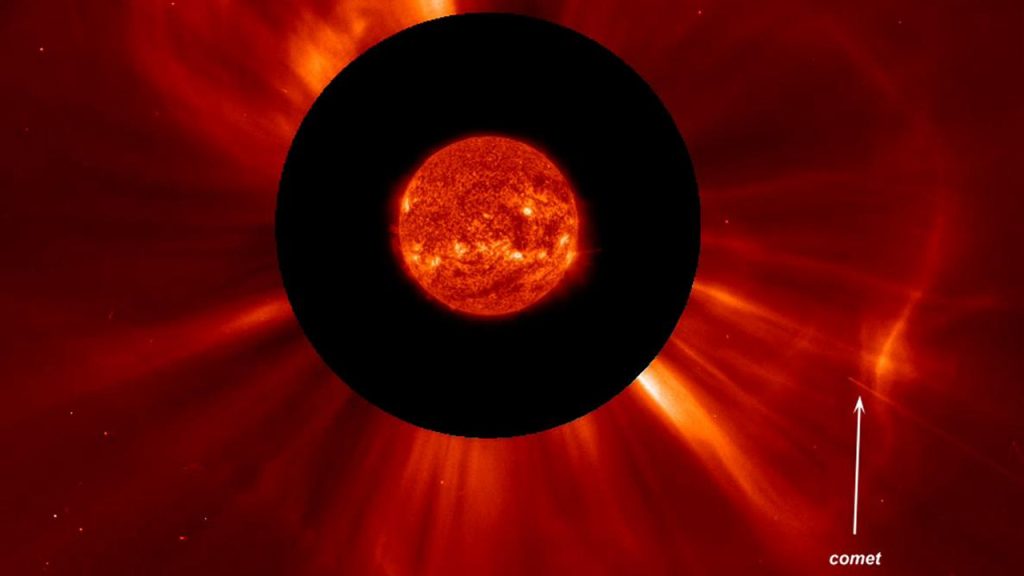
Not all comets survive their close encounters with the sun. Some comets, known as “sungrazers,” come too close to the sun and are either torn apart by its gravity or evaporate completely due to the extreme heat. This spectacular but fatal plunge is the end for many comets.
6. Comets Have Two Tails

Comets actually have two types of tails: a dust tail and an ion tail. The dust tail is made of small particles that scatter sunlight, while the ion tail is made of gas that has been ionized (stripped of electrons) by the sun’s radiation. The ion tail is usually straighter and points directly away from the sun.
7. They Could Have Brought Water to Earth
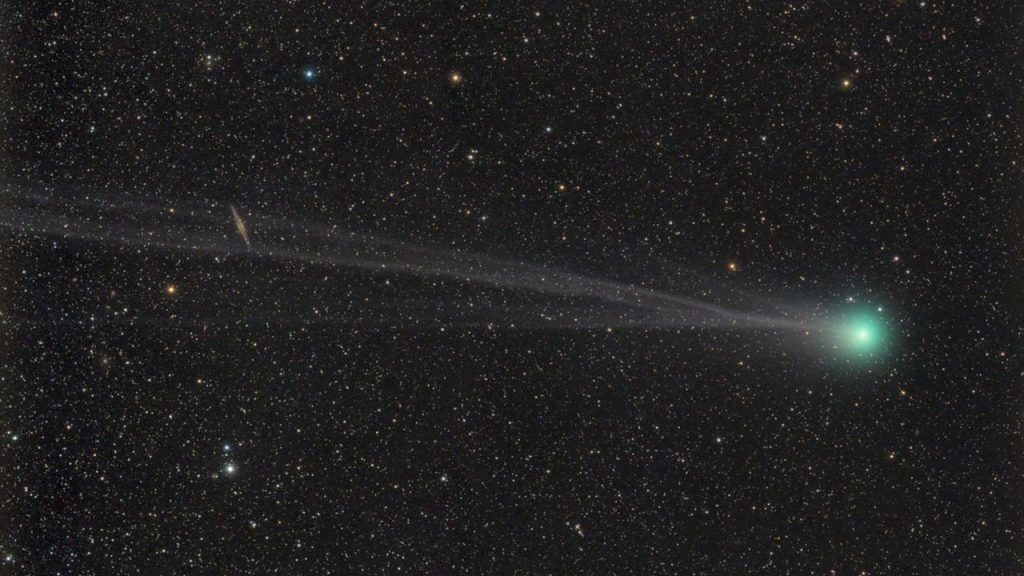
Scientists believe that comets may have played a crucial role in delivering water to Earth billions of years ago. When Earth was young, it was bombarded by comets and other space debris. Some of the water locked inside those comets could have contributed to the formation of Earth’s oceans.
8. Comets May Contain the Building Blocks of Life
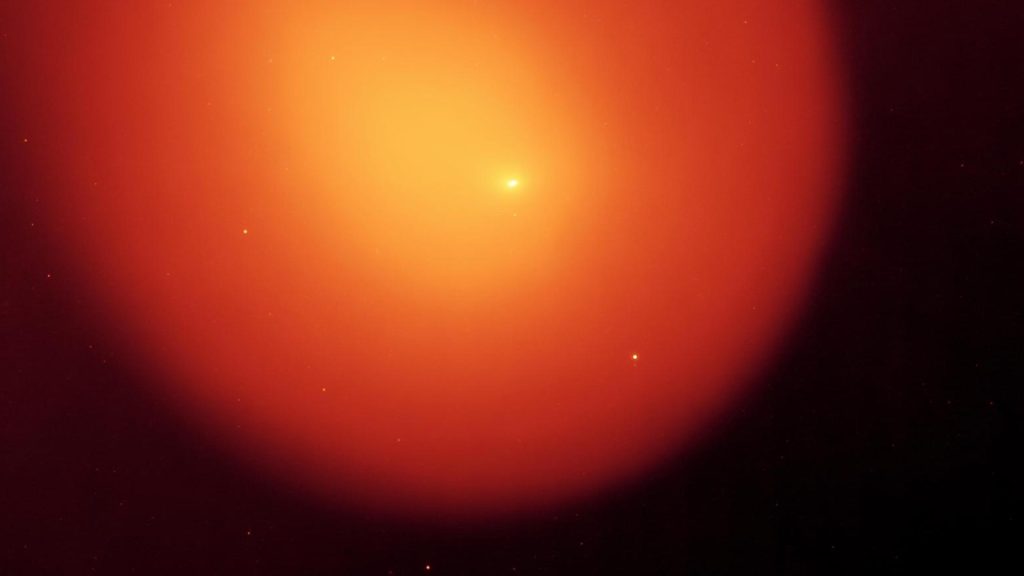
Beyond water, comets might have delivered organic compounds, like amino acids, to early Earth. These molecules are the building blocks of life, and their presence in comets suggests that these icy bodies may have helped kickstart life on our planet.
9. They Can Be Seen with the Naked Eye

Although most comets are too faint to see without a telescope, some, like Halley’s Comet, become visible to the naked eye. These bright comets are rare but unforgettable, often lighting up the sky for days or even weeks.
10. Their Orbits Are Highly Elliptical

Unlike the nearly circular orbits of planets, comets have highly elliptical (oval-shaped) orbits. This means they spend most of their time far from the sun, only becoming visible when they make their long journeys inward.
11. Comets Are Different from Asteroids
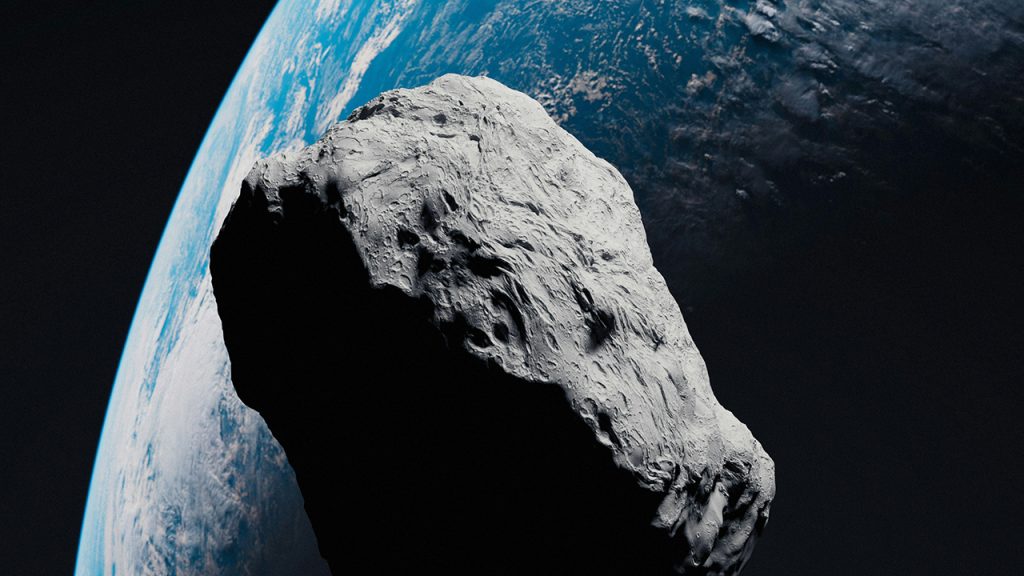
Although both comets and asteroids are small bodies that orbit the sun, they are quite different. Comets are made of ice and dust, whereas asteroids are mostly rocky or metallic. When comets get close to the sun, they develop a tail; asteroids don’t.
12. Short-Period and Long-Period Comets
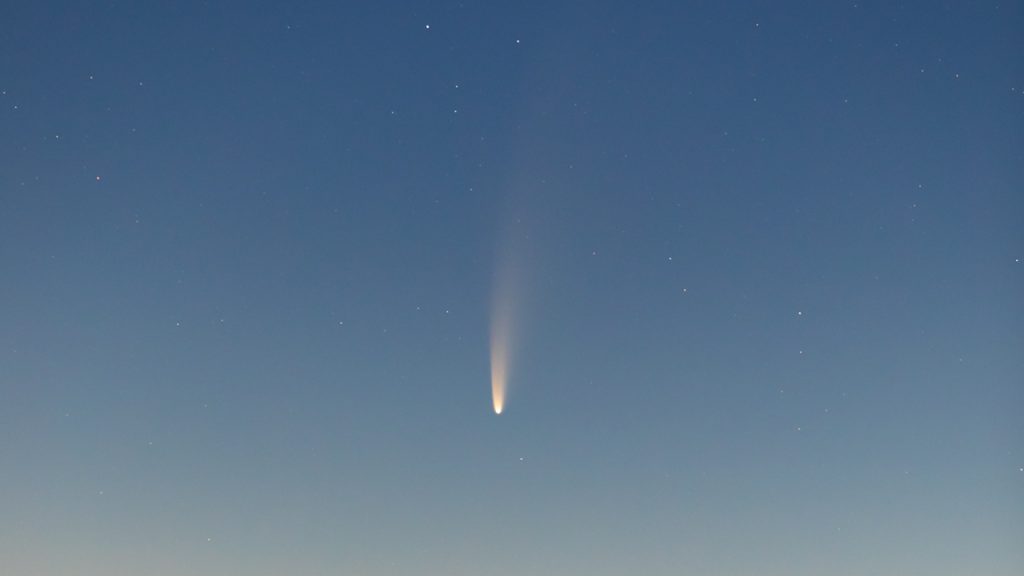
Comets are divided into two groups based on how long they take to orbit the sun. Short-period comets, like Halley’s Comet, take less than 200 years to complete their orbit, while long-period comets take over 200 years, with some taking millions of years.
13. The Rosetta Mission Landed on a Comet
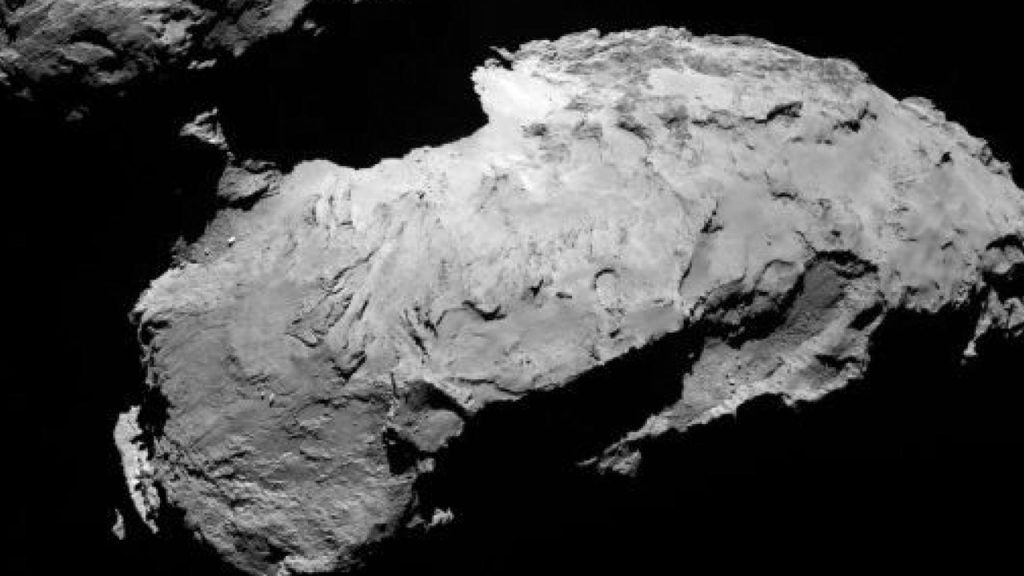
In 2014, the European Space Agency’s Rosetta mission made history by landing a spacecraft on a comet for the first time. The mission studied Comet 67P/Churyumov-Gerasimenko, revealing new details about the composition and behaviour of comets.
14. Comets Were Once Considered Bad Omens
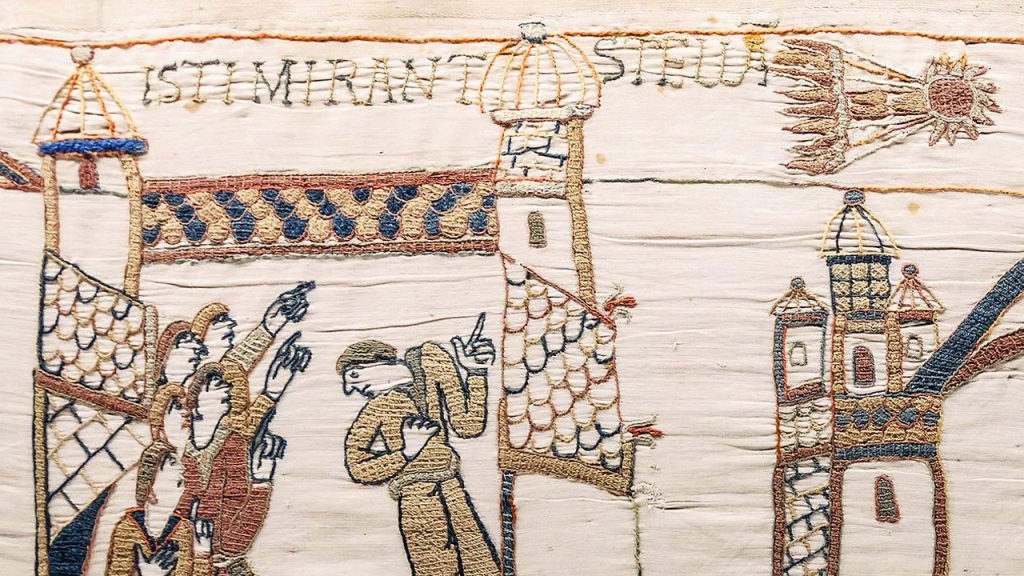
In ancient times, comets were often viewed as bad omens, signalling disaster, war, or the death of a king. People didn’t understand these celestial visitors and associated their sudden appearance with calamities. Today, we know comets are just natural parts of the solar system.
15. Comets Help Us Understand the Early Solar System

Because comets are made of materials that have been unchanged since the solar system formed, studying them gives scientists valuable insights into what conditions were like 4.6 billion years ago. Every comet is a time capsule, holding clues to the birth of the planets and the sun.
21 Things Pilots Are Forbidden to Do During Flights

Have you ever wondered what rules pilots must follow while they’re in the cockpit? Being a pilot is a job that comes with a lot of responsibility and a strict set of rules to ensure the safety of everyone on board.
These rules ensure that pilots maintain the highest standards of safety and professionalism while flying. By adhering to these guidelines, they help ensure that every flight reaches its destination safely.
Read More: 21 Things Pilots Are Forbidden to Do During Flights
Ellen has been obsessed with logic puzzles, jigsaws, and cryptograms since she was a kid. After learning she was taught how to play chess wrong by a family friend (so they could win), she joined her school chess club and the rest is history.


